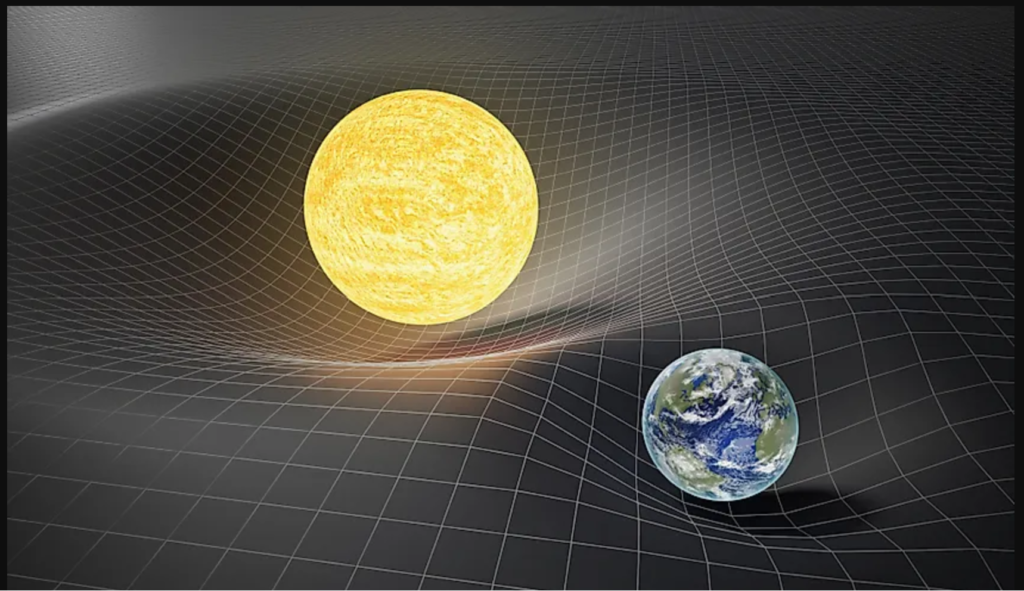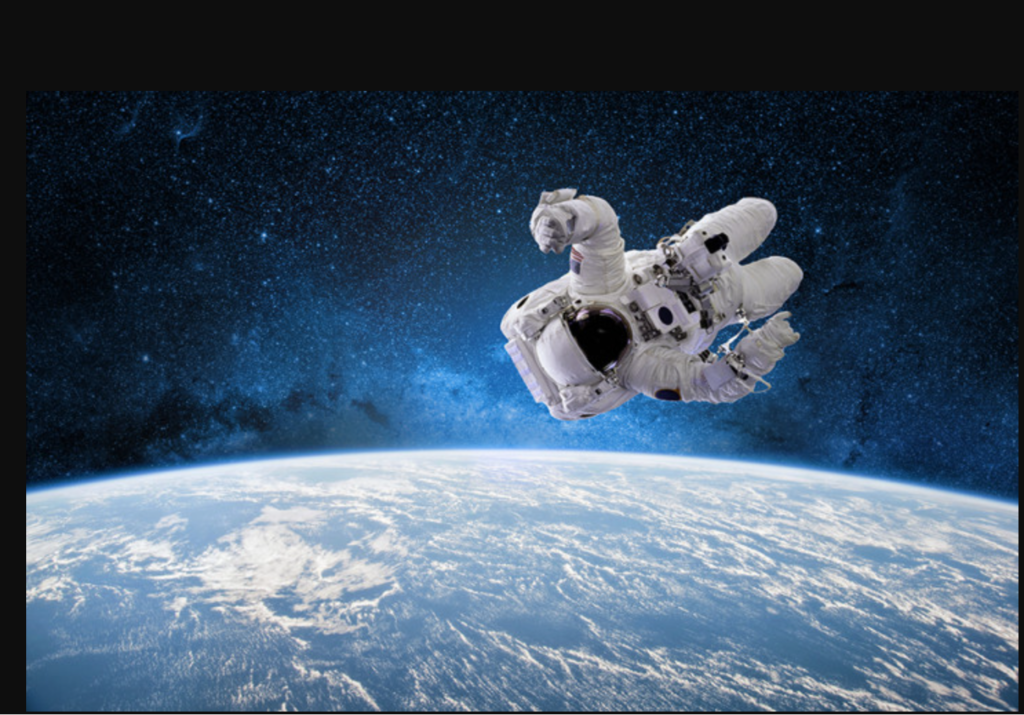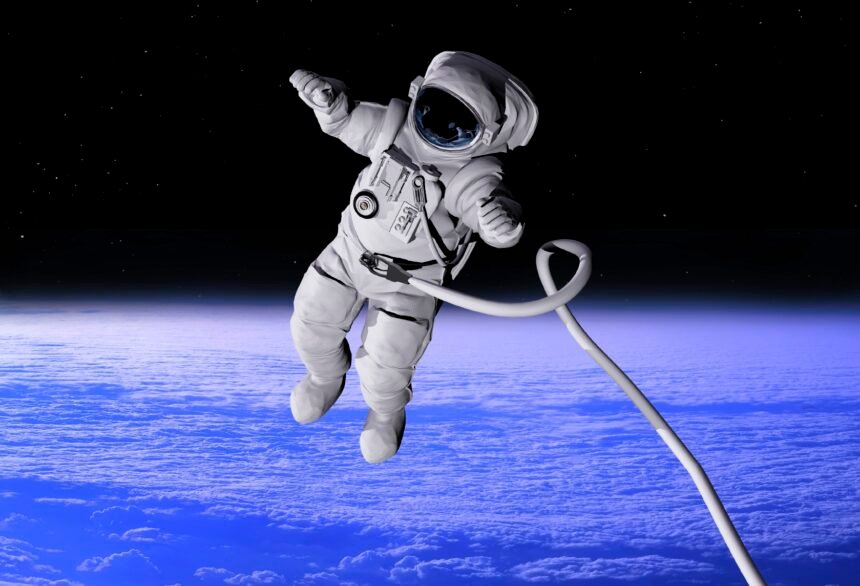Introduction
In the vast expanse of space where the fundamental force of gravity is notably absent, the challenge of providing a sense of weight and stability for astronauts becomes a critical consideration. Maintaining health, comfort, and functionality during extended space missions requires ingenious solutions. This article unravels the mechanisms employed by spaceships to simulate artificial gravity, exploring the science behind these technologies and their implications for the well-being of space travelers.
The Weightless Dilemma in Space
In the microgravity environment of space, astronauts experience a sensation of weightlessness. While this phenomenon is a defining feature of space exploration, prolonged exposure to microgravity poses various physiological challenges to the human body. Muscular atrophy, bone density loss, and fluid distribution shifts are among the issues that arise when the constant force of Earth’s gravity is absent. Simulating gravity in space becomes imperative to mitigate these health concerns.
Centrifugal Force: The Key Principle
Also read : Celestial Alignment: Exploring The Rare Phenomenon Of Planetary Conjunctions In Our Solar System

The concept of simulating gravity in a spacecraft revolves around the application of centrifugal force, a pseudo-force experienced in rotating reference frames. Centrifugal force acts outward from the axis of rotation, creating an effect akin to gravitational force.
Rotational Gravity in Artificial Gravity Spaceships:
- Rotating Space Stations: One approach involves constructing large, rotating space stations. The entire station spins on its axis, creating centrifugal force that mimics gravity along the interior surfaces. This rotation generates a feeling of “downward” force for those inside the rotating habitat.
- Artificial Gravity Modules: Another strategy entails incorporating rotating modules within a spacecraft. These cylindrical or ring-shaped sections spin independently, generating a gravitational effect for inhabitants. This modular approach allows for flexibility in designing spacecraft while addressing the need for controlled gravity environments.

Considerations for Design and Operation:
- Rotation Rate: The rate of rotation is a critical factor. Achieving a rotation speed that produces a comfortable level of artificial gravity without causing discomfort or motion sickness is crucial. This varies depending on the size and design of the rotating section.
- Coriolis Effect: Rapid rotation can introduce the Coriolis effect, a perceived force that acts perpendicular to the motion of an object in a rotating system. Spaceship designers must consider this effect to ensure the well-being of occupants.
- Structural Integrity: Building rotating habitats requires robust engineering to withstand the structural stresses induced by constant rotation. Material strength and durability are paramount considerations.
Health Benefits of Artificial Gravity:
- Muscle and Bone Maintenance: Simulated gravity helps maintain musculoskeletal health by subjecting the body to forces similar to those experienced on Earth. This is particularly important for long-duration space missions.
- Cardiovascular Function: The cardiovascular system benefits from the resistance provided by artificial gravity, supporting healthy blood circulation and preventing fluid shifts that can occur in microgravity.
- Psychological Well-Being: The psychological impact of having a sense of “up” and “down” is significant for human mental health. Artificial gravity contributes to a more familiar and comforting environment for astronauts.

Challenges and Future Developments
- Energy Requirements: Achieving and sustaining the rotation necessary for artificial gravity demands considerable energy. Innovative solutions, such as solar power or advanced propulsion systems, are being explored.
- Spacecraft Design Complexity: Incorporating rotating components adds complexity to spacecraft design. Engineers must balance the benefits of artificial gravity with the challenges of creating and maintaining these rotating sections.
- Human Adaptation: While artificial gravity provides a partial solution to microgravity effects, researchers continue to explore how the human body adapts to prolonged exposure to rotating environments.
Conclusion: Navigating the Cosmos with Gravity’s Embrace

As humanity sets its sights on extended space exploration missions and potential interplanetary colonization, the creation of artificial gravity environments within spacecraft becomes pivotal. The marriage of centrifugal force principles and innovative engineering allows us to simulate the gravitational conditions necessary for the well-being of astronauts. With ongoing research and technological advancements, the quest for crafting gravity in the cosmos not only addresses immediate health concerns but also paves the way for a future where humans can traverse the vast reaches of space with a comforting sense of gravity by their side.
Frequently Asked Questions (FAQ) – Artificial Gravity in Spaceships
- How does artificial gravity work in spaceships? Artificial gravity in spaceships is achieved by utilizing the principles of centrifugal force. Rotating sections or entire spacecraft create a centrifugal effect, simulating gravity for occupants. This rotational force acts outward from the axis of rotation, providing a sense of weight and stability.
- Why is artificial gravity important for space travel?Artificial gravity is crucial for space travel to counteract the physiological effects of prolonged exposure to microgravity. It helps maintain musculoskeletal health, supports cardiovascular function, and contributes to the psychological well-being of astronauts by creating a more familiar environment.
- What are the different methods of creating artificial gravity in spaceships?Two common methods involve either constructing large rotating space stations or incorporating rotating modules within a spacecraft. The rotation of these sections generates centrifugal force, simulating gravity for occupants inside.
- What considerations are important in designing rotating habitats for artificial gravity?Key considerations include the rotation rate to achieve optimal gravity, addressing the Coriolis effect induced by rapid rotation, ensuring structural integrity to withstand rotational stresses, and balancing the trade-off between gravity benefits and potential challenges.
- How does artificial gravity contribute to human health in space?Artificial gravity contributes to human health in space by helping maintain muscle and bone density, supporting cardiovascular function, and positively influencing psychological well-being. It addresses some of the adverse effects of microgravity experienced during extended space missions.
- What challenges exist in implementing artificial gravity in spacecraft design?Challenges include the energy requirements for sustained rotation, the complexity added to spacecraft design, and the need to consider how the human body adapts to prolonged exposure to rotating environments. Researchers are exploring innovative solutions to overcome these challenges.
- Are there alternative methods to create gravity in space?While rotating habitats are a primary method, other theoretical concepts, such as using magnetic fields or linear acceleration, have been proposed. However, these alternatives are currently in the realm of theoretical exploration and face significant technical challenges.
- How does artificial gravity impact space exploration missions?Artificial gravity positively impacts space exploration missions by promoting astronaut health and well-being, thereby enabling longer-duration missions. It addresses the physiological challenges associated with microgravity and contributes to the success of interplanetary travel and potential colonization efforts.
- What is the future outlook for artificial gravity in space exploration?The future outlook involves continued research into optimizing rotational parameters for artificial gravity, exploring alternative methods, and developing advanced spacecraft designs. As space exploration endeavors expand, artificial gravity will likely play a crucial role in ensuring the health and performance of astronauts.
Also read : The Galaxy’s Magnetic Field Has Been Detected 11 Billion Light-Years Away, Making It The Farthest Ever




































